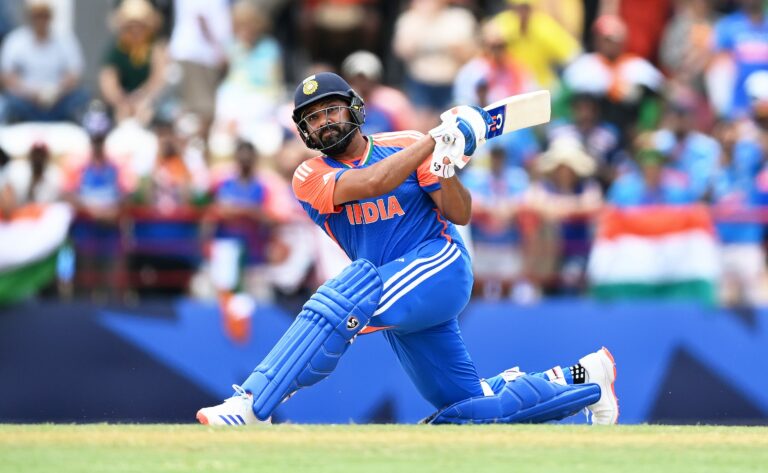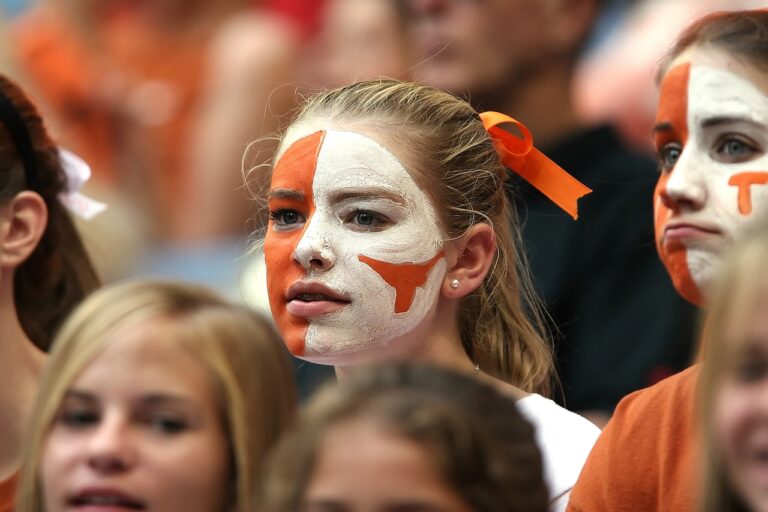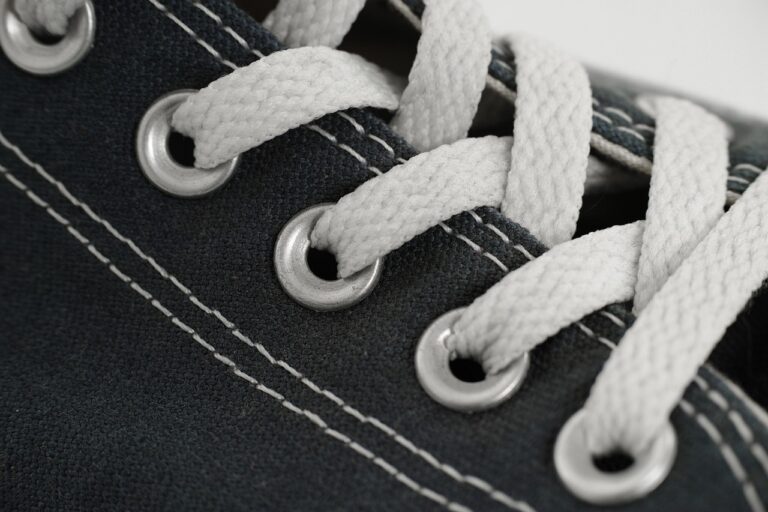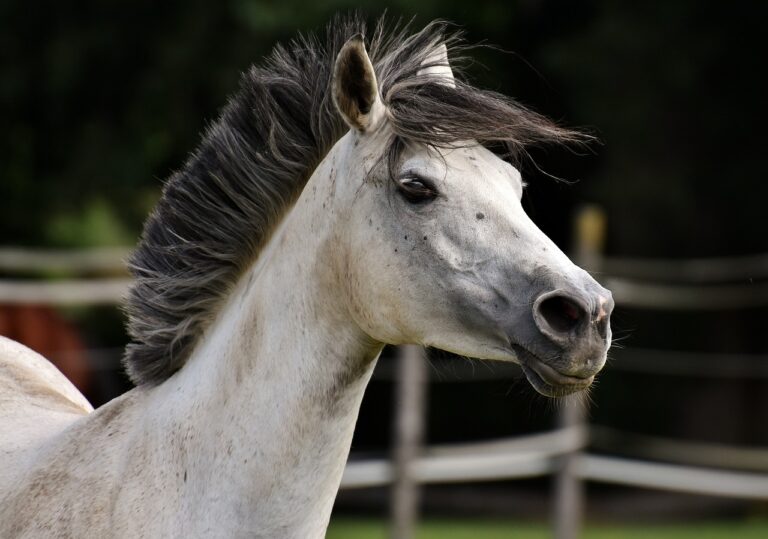Exploring the Use of Biomechanics in Cricket Scouting Assessments: Betbhai9 sign up, Playexchange login, Lotus365 vip login
betbhai9 sign up, playexchange login, lotus365 vip login: Cricket scouting assessments have evolved significantly in recent years, with biomechanics playing a crucial role in evaluating players’ performance. Biomechanics, the study of the mechanical aspects of human movement, provides valuable insights into how players interact with their environment and execute various skills on the cricket field.
By analyzing the biomechanics of cricket players, scouts can identify strengths and weaknesses in their technique, which can help coaches tailor their training programs to enhance performance. From bowling actions to batting strokes, every aspect of a player’s game can be analyzed using biomechanical principles.
## How Does Biomechanics Benefit Cricket Scouting Assessments?
Biomechanics helps scouts evaluate a player’s movement patterns, muscle activation, and joint angles during different phases of their bowling or batting action. This data can provide valuable information on the efficiency of their technique, potential risk of injury, and areas for improvement.
## The Role of Technology in Biomechanical Analysis
Advancements in technology have enabled scouts to capture high-speed videos, 3D motion analysis, and force plate data to quantify a player’s performance accurately. By using specialized equipment and software, scouts can track key biomechanical parameters and compare them with established benchmarks to assess a player’s skill level.
## Key Biomechanical Parameters in Cricket Scouting
In bowling assessments, scouts pay close attention to factors such as run-up speed, delivery stride length, arm position, and release point. By analyzing these parameters, scouts can determine if a bowler’s action is biomechanically sound and if they are generating optimal speed and control.
Similarly, in batting assessments, scouts focus on factors like stance, backlift, weight transfer, and follow-through. By examining these biomechanical aspects, scouts can assess a batsman’s ability to generate power, precision, and timing in their shots.
## Challenges in Biomechanical Analysis
While biomechanics provides valuable insights into player performance, there are challenges in implementing this technology in cricket scouting assessments. Limited access to specialized equipment, time constraints, and the complexity of interpreting biomechanical data are some of the hurdles that scouts may face.
## Future Trends in Biomechanics and Cricket Scouting
As technology continues to advance, we can expect to see more sophisticated tools and techniques being used in cricket scouting assessments. Virtual reality simulations, wearable sensors, and artificial intelligence algorithms are some of the innovations that could revolutionize the way scouts analyze biomechanical data in the future.
## FAQs
Q: How can biomechanics help improve a player’s performance?
A: By analyzing a player’s movement patterns and technique, coaches can identify areas for improvement and tailor their training programs to enhance performance.
Q: Is biomechanical analysis expensive?
A: While some advanced technologies can be costly, there are also more affordable options available for analyzing biomechanics in cricket scouting assessments.
In conclusion, biomechanics plays a vital role in cricket scouting assessments by providing valuable insights into player performance. By leveraging technology and analyzing key biomechanical parameters, scouts can make informed decisions on player selection, training, and development strategies. As technology continues to evolve, we can expect biomechanics to become an even more integral part of cricket scouting in the future.







